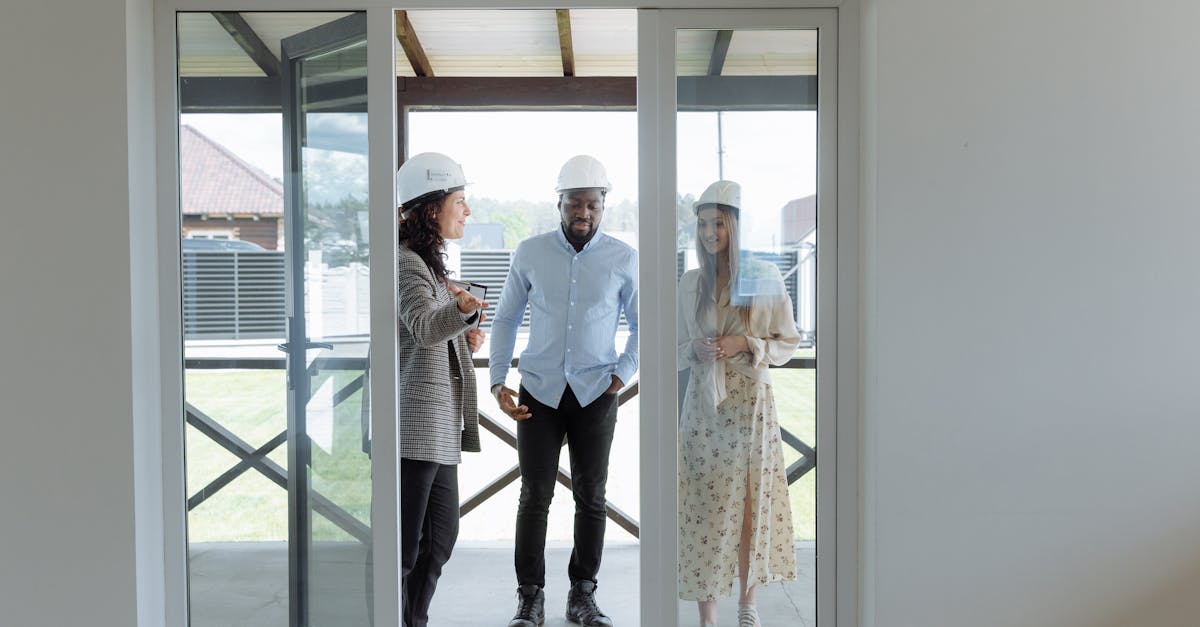Advantages of Using Timber Shingles for Residential Roofing

Table Of Contents
Sound Insulation
Timber shingles possess natural sound insulating properties that can significantly enhance the acoustics within a home. The inherent density of timber helps to muffle external sounds, creating a quieter indoor environment. This feature is particularly beneficial for homes located in busy urban areas or near main roads, where noise pollution can disrupt everyday life.
In addition to their effective soundproofing capabilities, timber shingles can also dampen vibrations caused by external forces, such as wind or heavy rain. This not only contributes to a more peaceful living space but also provides added comfort for residents. Homeowners looking to improve their overall experience in their residences may find that timber shingles are an excellent choice for achieving both aesthetic and practical benefits.
Reducing Noise Pollution
Timber shingles contribute significantly to sound insulation, creating a peaceful indoor environment. The natural properties of wood absorb sound waves, which helps to reduce external noise. This characteristic can be particularly beneficial for homes located in busy or noisy areas, providing a tranquil escape from urban distractions.
In addition to their acoustic benefits, timber shingles can enhance the overall comfort of a home. By minimising noise intrusion, residents can enjoy a quieter atmosphere, which promotes relaxation and well-being. This advantage becomes especially valuable in spaces designed for rest, such as bedrooms and living areas, making timber shingles an appealing choice for residential roofing.
Fire Resistance
Timber shingles can be treated with various fire-resistant chemicals, significantly enhancing their ability to withstand heat and flames. This treatment process helps to protect the wood from igniting in the event of a fire, making it a safer option for residential roofing. Many modern timber shingles come with a fire rating that meets local building codes, offering peace of mind to homeowners concerned about fire risks.
In addition to chemical treatments, the thickness and type of timber used in shingles can impact their fire resistance. Hardwoods tend to perform better against fire compared to softer woods. It is crucial for homeowners to select certified fire-rated options to ensure their roofing choice provides adequate protection, ultimately contributing to safer living environments.
Treating Timber for Safety
Timber shingles can be treated with various chemicals to improve their fire resistance, ensuring that they comply with safety standards. Treatments typically involve the application of fire-retardant substances that help slow down the spread of flames. This precaution allows homeowners to maintain the natural aesthetic of timber while enhancing its safety features. Regular maintenance is crucial to sustain these properties, as environmental factors can affect the durability of these treatments over time.
Another aspect of safety involves the preservation of timber against pests such as termites and mould. Applying preservative treatments can prevent infestations that may compromise the structural integrity of the roofing material. Homeowners can choose treatments tailored to local conditions, ensuring maximum protection for their roofs. This approach underscores the importance of selecting the right kind of timber and treatment in order to secure a safe and long-lasting roofing solution.
Variety of Styles
Timber shingles offer a diverse range of styles, catering to various architectural preferences and aesthetic desires. Homeowners can select from traditional profiles that evoke a rustic charm to more contemporary designs that can complement modern builds. This variety allows for seamless integration with the home's overall style, enhancing its curb appeal while maintaining a distinctive appearance.
Additionally, various wood species are available, each presenting unique textures and colour variations. Options such as cedar, pine, and redwood allow homeowners to customise their roofing choices based on personal taste and regional aesthetics. This flexibility in design ensures that each residence can reflect its owner's individuality, providing an opportunity for creativity in home design.
Customisation Options for Homeowners
Homeowners can choose from a wide array of timber species when selecting shingles for their roofs. Popular options include cedar, pine, and cypress, each offering unique aesthetic qualities and durability. Different profiles and thicknesses are available, allowing for a customised look that complements the architectural style of any home. This level of choice enables homeowners to express their personal style while also considering factors such as climate and maintenance needs.
In addition to species selection, timber shingles can be stained or painted to match existing colour schemes. This versatility maximises design potential, making it easier for homeowners to achieve a harmonious appearance. Advanced finishing techniques also help maintain the wood’s appearance over time, contributing to both visual appeal and longevity. With these customisation options, timber shingles become a significant element of home design that enhances overall charm and character.
FAQS
What are the main advantages of using timber shingles for residential roofing?
Timber shingles offer several advantages, including excellent sound insulation, fire resistance when properly treated, and a wide variety of styles that can enhance the aesthetic appeal of a home.
How do timber shingles help in reducing noise pollution?
Timber shingles provide effective sound insulation due to their dense structure, which can help muffle external noises and create a quieter indoor environment.
Are timber shingles fire-resistant?
Yes, timber shingles can be made fire-resistant when treated with appropriate fire-retardant chemicals, enhancing their safety and compliance with building codes.
Can homeowners customise timber shingles for their roofing?
Absolutely! Timber shingles come in various styles, sizes, and finishes, allowing homeowners to choose options that best suit their preferences and the design of their home.
How do I maintain timber shingles to ensure their durability?
Regular maintenance, such as cleaning debris, inspecting for wear, and applying protective treatments, can help prolong the life of timber shingles and maintain their appearance.
Related Links
Innovations in Polycarbonate Roofing for Residential UseEco-Friendly Roofing Materials for Sustainable Housing in Adelaide
Exploring the Use of Concrete Roof Tiles in Adelaide Homes
Understanding the Benefits of Slate Roofing in Residential Projects
The Role of Thatch Roofing in Traditional Australian Architecture